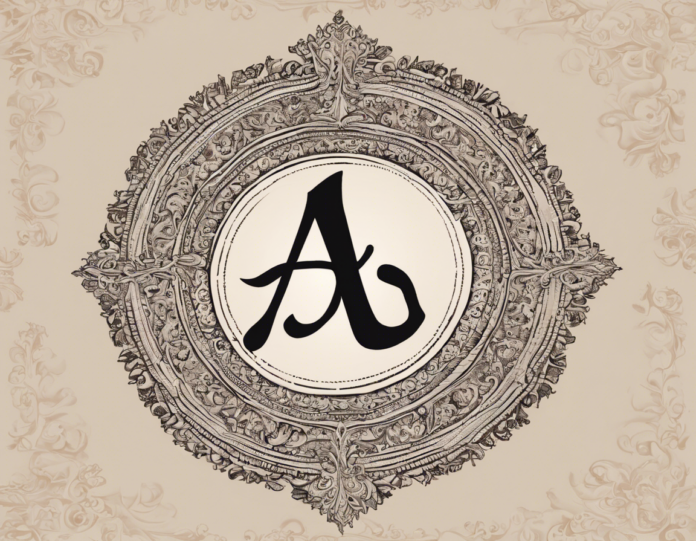Introduction
Hindi, one of the most spoken languages in the world, is not only rich in history and culture but also an incredibly beautiful language to learn. Whether you are planning a trip to India, curious about Bollywood movies, or simply looking to expand your linguistic horizons, delving into the world of Hindi can be a rewarding and enriching experience. In this beginner’s guide, we will explore the beauty of the Hindi language, its unique characteristics, and how you can start your journey towards mastering this fascinating language.
The Origins of Hindi
Hindi belongs to the Indo-Aryan branch of the Indo-European language family and is closely related to languages such as Sanskrit, Urdu, and Punjabi. It evolved from the ancient language of Sanskrit and is heavily influenced by Persian, Arabic, Turkish, and English. Modern Standard Hindi, known as “Hindustani,” is the official language of India and is spoken by millions of people across the Indian subcontinent.
The Script
One of the most distinctive features of Hindi is its script, Devanagari. Devanagari is a phonetic script, which means that each character represents a specific sound. It is written from left to right, and like Sanskrit, it includes both vowels and consonants. Learning to read and write in Devanagari may seem daunting at first, but with practice and dedication, you can quickly familiarize yourself with this beautiful script.
Unique Characteristics of Hindi
Hindi is known for its melodic and rhythmic quality, making it a joy to listen to and speak. Some unique characteristics of the Hindi language include:
1. Gendered Nouns: Like many Indo-European languages, Hindi nouns are divided into masculine and feminine genders. For example, “book” (किताब) is feminine, while “pen” (कलम) is masculine.
2. Verb Conjugation: Hindi verbs change depending on the gender and number of the subject. Verbs are conjugated differently for males and females, as well as for singular and plural subjects.
3. Politeness Levels: Hindi has different levels of politeness built into its grammar. You can address someone formally or informally based on your relationship with them, adding layers of nuance to your conversations.
4. Compound Words: Hindi is known for its extensive use of compound words, where multiple words are combined to create new meanings. For example, “school bus” is expressed as “स्कूल बस” (school bus) in Hindi.
Useful Resources for Learning Hindi
If you are interested in learning Hindi, there are numerous resources available to help you on your journey. Whether you prefer traditional textbooks, online courses, or language exchange partners, here are some of the best resources to consider:
1. Books: “Teach Yourself Hindi” by Rupert Snell and Simon Weightman is a comprehensive guide for beginners. “Elementary Hindi” by Richard Delacy and Sudha Joshi is another excellent book for learning the basics of the language.
2. Language Apps: Apps like Duolingo, Babbel, and Rosetta Stone offer interactive lessons and exercises to help you learn Hindi at your own pace.
3. Online Courses: Websites like Udemy and Coursera offer online Hindi courses taught by language experts. These courses cover everything from basic vocabulary to advanced grammar.
4. Language Exchange: Platforms like Tandem and HelloTalk allow you to practice Hindi with native speakers in exchange for helping them learn your language. This is a great way to improve your speaking and listening skills.
Frequently Asked Questions (FAQs)
1. Is Hindi difficult to learn for English speakers?
Hindi can be challenging for English speakers due to its different script, grammar rules, and pronunciation. However, with consistent practice and dedication, it is definitely possible to learn Hindi effectively.
2. How long does it take to become fluent in Hindi?
The time it takes to become fluent in Hindi can vary depending on your learning style, dedication, and practice routine. On average, it may take a few years to achieve fluency in speaking, reading, and writing Hindi.
3. Can I learn Hindi on my own, or do I need a tutor?
While having a tutor can be beneficial, it is possible to learn Hindi on your own using resources such as textbooks, apps, and online courses. It ultimately depends on your learning preferences and goals.
4. What are some common phrases in Hindi that I should know?
Some common Hindi phrases for beginners include “Namaste” (Hello), “Kaise ho?” (How are you?), “Shukriya” (Thank you), and “Mujhe yeh chaiye” (I want this).
5. Is Hindi only spoken in India?
Hindi is primarily spoken in India, where it is the official language. It is also spoken in countries with Indian diaspora communities, such as Nepal, Fiji, Mauritius, and South Africa.
Conclusion
Learning Hindi opens up a world of opportunities to connect with millions of people, dive into a vibrant culture, and explore the beauty of this ancient language. By immersing yourself in the nuances of Hindi grammar, script, and vocabulary, you can embark on a fulfilling journey towards becoming fluent in one of the most captivating languages in the world. So, embrace the beauty of Hindi and let its melodious sounds guide you on an unforgettable linguistic adventure.

